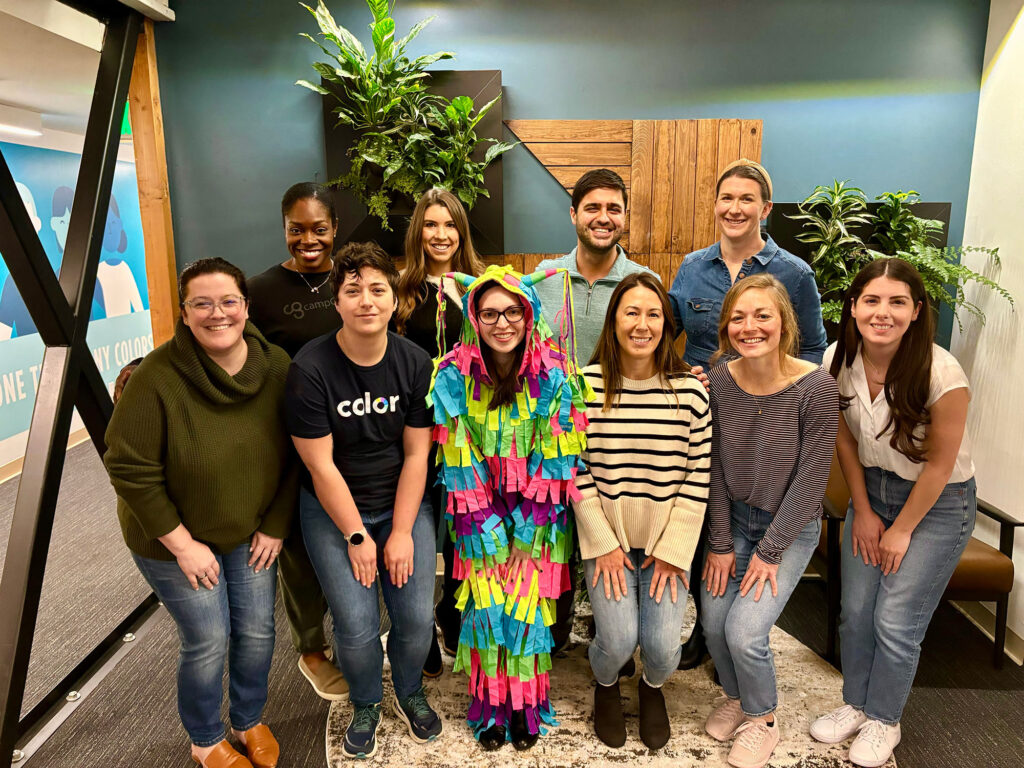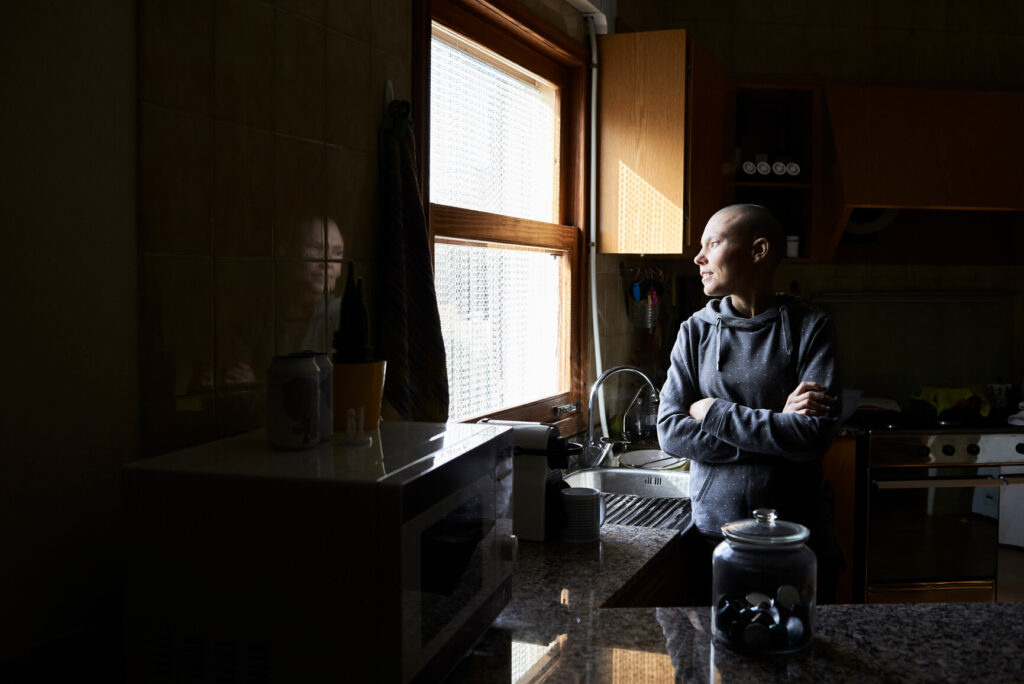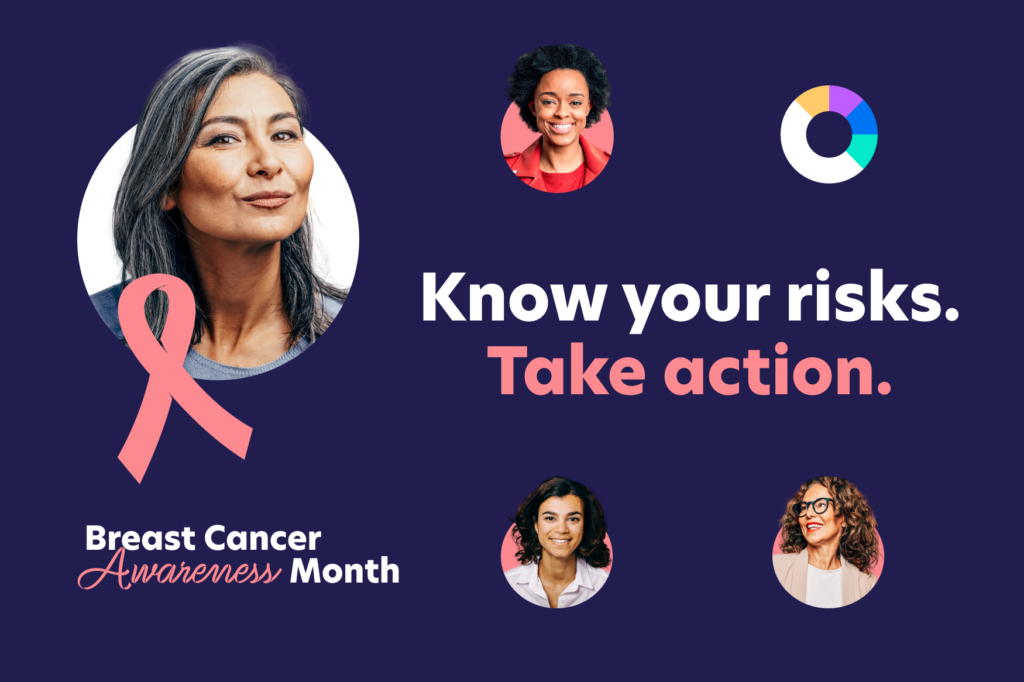News & Articles
Wear Red 4 VEDS Day! – Color
Stephanie E. Wallace
Today is REDS 4 VEDS Day. Some of you are thinking “What is vEDS?” In that moment, you will have proved why this day of awareness is needed.
vEDS stands for vascular Ehlers Danlos Syndrome, a rare, life-threatening hereditary vascular condition that affects 1 in every 100,000 individuals. It is caused by mutations in COL3A1, a gene that is included on Color’s Hereditary Heart Test. Changes, or mutations, in this gene can be passed down through families and can lead to delicate arteries that are prone to aneurysms (bulging), dissections (tearing) and/or ruptures starting as early as childhood. Additionally, individuals with vEDS can have ruptures of their intestines and organs, including the bladder, spleen and uterus.
The Tays family knows what it means to receive a diagnosis of vascular EDS and have your world turned around in the blink of an eye. Rachel and Jeremias Tays are the proud parents of three, incredibly adorable boys. Their story began when their second son was just a baby. Rachel noticed that he would bruise when she was changing his diaper, something she hadn’t seen with her older son. She brought it up with her pediatrician but it wasn’t until several years later, when he began experiencing some gastrointestinal issues, that the diagnosis came to light. During the visit to the doctor, Rachel mentioned the multiple signs of a connective tissue disorder to the gastroenterologist. The physician ordered an additional work up and after several evaluations, the Tays family found themselves in a genetics clinic. This was the start of their journey with vEDS. Several weeks later, the genetic testing result arrived and showed that their little boy had a mutation in COL3A1. Further testing would reveal that two of the three boys and their father, Jeremias, also carried a mutation in COL3A1.
A diagnosis of vEDS comes with a battery of imaging, discussions about medication, lifestyle changes and most importantly, an honorary MD in vEDS. Due to the rare nature of the disease, parents like Rachel and Jeremias often end up educating their doctors on the condition. They’ve developed a care team at home and at specialty centers. They travel back and forth for care. They have educated their family, their friends and their children’s schools; developed protocols for injury (falling off the monkey bars can mean a trip to the emergency room and a CT scan) and become part of an ever-growing vEDS community. One thing that you learn quickly when working with families affected with vEDS, is that while their tissue may be fragile, this community is incredibly strong. They are a team of fighters, supporting one another at every turn.
Dr. Shaine Morris, a pediatric cardiologist and researcher at Texas Children’s Hospital is one of the few physicians that see families like the Tays on a regular basis. When discussing the hurdles she encounters when treating these families she notes: “…We do not have good predictors to tell us when someone is at high risk of an event. Some people have aneurysms that might be a sign of a risk of rupture, but most people with vEDS have no signs before a major event occurs. This makes it challenging as a physician to monitor patients, and to know best how to prevent events”.
Working with families diagnosed with vEDS has inspired her to improve this knowledge base through her research. “…I worked with patients with other vascular disorders for many years, but these families helped show me how little knowledge about vEDS was out there. These families were incredible teachers to their doctors, teachers, and family members. Our patient community started to grow, and I really felt a duty to help these families improve care and knowledge. Now I am fortunate to serve more families, and to have vEDS as a focus of our research.”
When speaking with Rachel about her experience with this condition, she’ll tell you that it’s a balance of optimism and being prepared for a call that could change everything. “Knowledge is power. Knowing you have vEDS in an emergency situation can literally mean the difference between life and death. Finding out early gave me the opportunity to educate myself on this rare disease, to make sure my family gets the right care and treatment.”
As you can see, vEDS is a condition that can use all of the support and awareness possible. If you’re interested in learning more about vEDS or the families that it affects, you can visit the websites listed below, and remember, wear red this Friday and support these amazing families!
Defy Foundation: http://www.defy-foundation.org/
Annabelle’s Challenge: https://www.annabelleschallenge.org/
The Ehlers-Danlos Society: https://www.ehlers-danlos.com/eds-types/#vEDS
Ryan’s Challenge: https://ryanschallenge.org/



